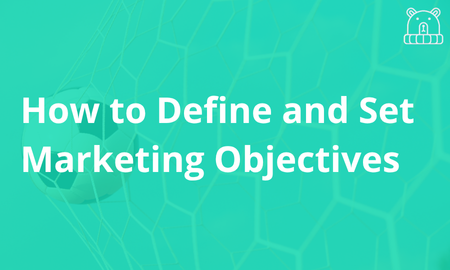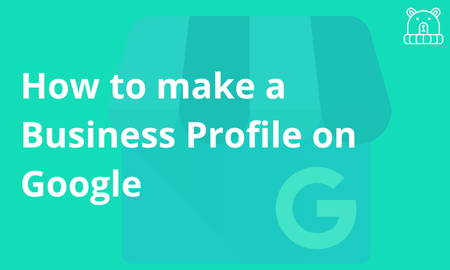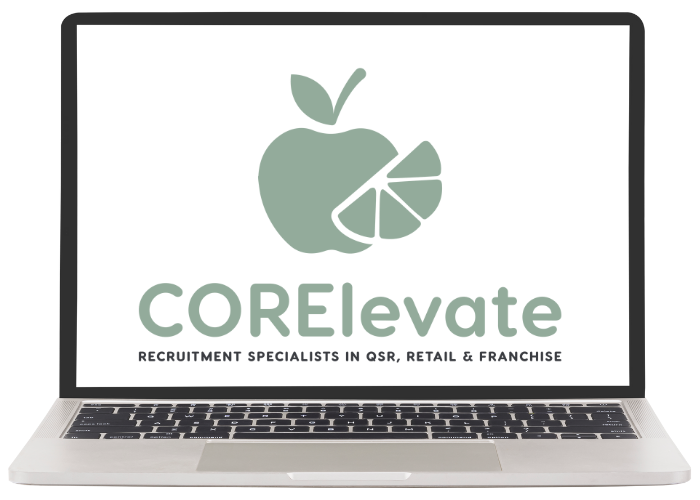When founders think of marketing, they often jump straight into marketing tactics, such as posting on social media, sending emails, or running ads.
But actually, every single digital marketing tactic has one goal – to drive people to your website. From here, they may come to your physical showroom or your shop, but normally the decision making process starts with the website.
So if your website isn’t working…you’re in a pickle.
What I’m trying to say is, before diving into tactics, you need to make sure your website:
- Explains clearly who you are and what you do
- Has clear calls to actions (enquiry forms, phone number, booking links)
- Looks professional and is easy to use
- Is responsive on mobile, tablet and desktop (over 57% of websites are accessed through mobile in 2025)
- Loads fast
Otherwise, you can spend money and time driving traffic, only for people to bounce straight back off.
Make sure you have your Analytics all set up and configured too – that way you can track the performance of the website super easily.
Once your website is ready, the next step is to bring in the right tactics to market your business and your website. Always remember – tactics are the ‘what’ you do, and strategy is the ‘why.’
A mistake we see far too often is businesses jump into tactics without 1) making sure their website looks and works well and 2) without creating a strategy. To make the most out of marketing tactics, you need a strategy that knits them all together to work toward one common businesses goal.
As a part of this, you’ll need to know who your target audience(s) are (see our guide on finding your target audience). With that all locked in, you can choose the best tactics for your business and for your audience.
Here are the top marketing tactics for SMEs – each explained with pros, cons, and use cases.
Remember, this is not a ‘you should have these’ list – because what you should have will entirely depend on your target audience.
Marketing Tactic 1: Organic Social Media Marketing
This is the majority of what you see across social platforms such as LinkedIn, Instagram, Facebook, or TikTok. Anything that’s not an advert on social platform, is called organic social. Organic social is used to connect with audiences.
Pros:
- Free
- Builds visibility and trust
- Great for engagement and reach
Cons:
- Time-consuming to create content consistently as well as optimise for each channel
- Easy to fall into posting without strategy
Most businesses use some form of organic social – the key is to finding which channel is right for your audience because as mentioned, keeping on top of organic social can be time intensive.
Marketing Tactic 2: Content Marketing
What it is: Blogs, guides (like these ones), videos, and resources that help your audience solve problems.
Pros:
- Builds authority and trust
- Supports SEO (when done properly)
- Generates inbound leads over time
Cons:
- Requires planning and consistency
- Results build slowly
Content marketing is great as a longer term build strategy for businesses who want to offer value over being sales-y.
Marketing Tactic 3: Search Engine Optimisation (known as SEO)
This is taking steps to making your website rank higher in Google and AI by targeting the right keywords organically on your website and in your socials.
Pros:
- Consistent traffic when you optimise for the right keywords – both on traditional search engines and AI engines such as Chat GPT and Claude.
- Users searching have a higher buying intent
- Cost-effective compared to ads
- Builds long-term pipeline
Cons:
- Can be competitive in some industries
- Can take months to show results
- Ranking well isn’t guaranteed
- Algorithm change a lot that can affect your SEO work
SEO is great for getting visibility on search engines and AI for specific keywords. It’s best for businesses wanting steady leads without relying only on referrals.
In 2025, a lot more terms are being added as separate to SEO, such as GEO (Generative Engine Optimisation) and AEO (Answer Engine Optimisation). These are being sold as ways to improve your visibility on AI engines such as Chat GPT and Claude specifically. But guess what? Those things are just part of good SEO. Bear that in mind.
Marketing Tactic 4: Email Marketing
This is sending newsletters, updates, or nurture sequences to your audience. But before working on email marketing – you must have an email list to send to.
Pros:
- Email address data is your own (you’re not at the mercy of algorithms)
- High ROI
- Perfect for nurturing leads and loyalty
- A lot of them can be automated
Cons:
- You need to build a list first (do not, I repeat, do not buy an email list)
- Bad emails lose trust quickly
Email marketing is best for keeping your audience engaged after the first contact and keeping existing customers feeling loved by sharing valuable content and special offers.
Marketing Tactic 5: Public Relations (known as PR)
Where a business gets press coverage, features, or mentions in industry (or if you’re very lucky, national) publications.
Pros:
- Builds credibility fast
- Gets your name in front of new audiences
- Good for brand awareness
Cons:
- Harder to track ROI
- Needs a compelling, newsworthy story
- Need specialist support
Often startups looking to raise their profile or SMEs wanting to boost credibility benefit from PR. But, it’s a specialised service so most businesses will need outside help to be successful with PR.
Marketing Tactic 6: Paid Social Ads
These are the adverts you see across social media channels such as LinkedIn, Facebook, Instagram, or TikTok. Businesses can be very targeted with paid social ads, but it comes at a high cost.
Pros:
- Fast reach
- Excellent targeting
- Good for scaling proven offers
Cons:
- Budget can vanish very quickly
- Only works with the right messaging and targeting
Paid social is great when a business wants to get in front of a new audience outside of followers, for example when you’re launching a campaign or a new service.
Marketing Tactic 7: Google Ads (sometimes known as Paid Search)
This is when a business bids to appear at the top of Google for chosen keywords – the ‘Sponsored’ ads at the very top are the paid ones, then the organic results (that are the result of SEO work), sit below the paid ads.
Pros:
- Captures ready-to-buy leads
- Easy to measure ROI
- Fast results
Cons:
- Expensive in some industries
- Wasted spend if poorly managed
A great use case for paid ads is SMEs – where people search on Google to research before buying (for example ‘solicitor Birmingham’ or ‘marketing Coventry’).
Marketing Tactic 8: Retargeting Ads
This is showing ads to people who’ve already engaged with your website or content.
Pros:
- Warms up interested leads
- Cost-effective compared to cold ads
- Keeps you front of mind
Cons:
- Needs existing traffic
- Requires tracking setup
This is best for sales cycles where prospects need multiple touch points, such as when the product or service is high ticket or high consideration (or both).
Get Started
Start with sorting your website (I can review your website during a Power Hour if you need a second pair of eyes).
Then look at the social media channels that will work for your audience, content and SEO – these are the core marketing tactics for SMEs (in most cases). They build visibility, trust, and a pipeline of leads over time. During this time, be sure to be building your email list.
Once those are in place, add email, PR, and paid ads to scale. And remember – every tactic is only as strong as your website. If that doesn’t work, the rest won’t either.
A word of advice – don’t try to do everything, all at once. You’ll burn out. You need a marketing strategy that helps you prioritise what to do and when, to reach those all important business goals. Oh, and you’ll need to be crystal clear on your target audience – if you aren’t sure on that yet, here are some tips to get your started.
Is this guide helpful? See more guides here.



